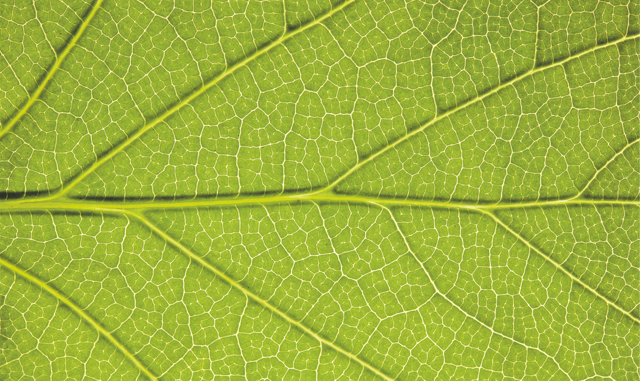The next biotechnological revolution in agriculture will be based on the manipulation and optimization of the photosynthetic processes of plants and algae. This road will improve the productivity of the fields and will have a strong ecological and environmental impact.
The human process of domestication of plants that began with the Neolithic agricultural revolution and continued until the so-called green revolution of the last century has acted on visible characters, therefore directly selectable. These include: plant architecture, resistance to pathogens, fruit size or grain yield. Traditionally, progressive species improvement takes advantage of natural genetic variability and the random recombination of genes into novel assortments that produce desirable characteristics. These interventions have created the modern plant varieties that we grow and consume today.
Although photosynthesis is the metabolic process on which plant growth depends and actually sustains life on Earth, the green revolution has ignored the possibility of improving its efficiency. The reasons for this “distraction” are many. First of all, the photosynthetic reactions that convert light energy into carbohydrates occur very quickly, ranging from femtoseconds per second, and are therefore not directly observable except with sophisticated tools. Furthermore, the functional structures that catalyze these processes within the leaves are molecular in nature and invisible to the naked eye. A further factor of an ideological nature is linked to the conception rooted in the agronomic scientific community according to which photosynthesis is a functionally perfect mechanism and therefore cannot be improved. Nothing could be more wrong.
In fact, in the laboratory the efficiency of photosynthesis is high while it drops drastically in nature as it is affected by constant environmental variations. Ideally, therefore, different photosynthetic apparatuses, encoded by distinct genes, would be needed to address each environmental condition.
Today we know that the great ecological diversity of the photosynthetic systems derives precisely from the expansion of the gene family of “antenna” proteins. Antennas are part of photosystems – the complex molecular machinery that transforms light energy into chemical energy – where they absorb photons through the molecules of chlorophyll and carotenoids attached to them.
The processes of natural selection have in fact acted by favoring the evolution of diversified and specialized photosynthetic systems, providing plants with the flexibility and resilience necessary to make the most of the light available in the various habitats. Therefore, the genes of the “antenna” proteins represent a patrimony of genetic variability that can be exploited, through biotechnology, to rationally assemble photosynthetic apparatuses based on functional criteria, preferentially linked to productivity.
Furthermore, according to a logic of competition between species, evolution has endowed the plants with a large surplus of chlorophyll in the leaves to shade the other plants trying to grow in the same place. Plants, therefore, absorb more energy than they can use productively and, since this excess is potentially destructive for the photosynthetic systems, a large part is dissipated in heat. This is one of the main factors limiting the photosynthetic conversion efficiency of light to biomass in plants.
In the fields, on the other hand, cultivated plants do not have to compete and can therefore absorb only the amount of light necessary. Theoretically it is in fact possible to reduce the total number of antennae in the leaves allowing the plant to absorb only the useful energy in the overlying parts and leaving enough photons to the underlying leaf layers.
The GrInSun (Green proteins as the interface between Sun energy and biosphere) project, financed by the Advanced grant of the European Research Council (ERC), aims to recognize the function of each of the antenna proteins in order to compose, with synthetic biology, photosystems specialized for different climatic conditions.
The development of more productive plant varieties would make it possible to reduce the area of land destined for agriculture in favor of forests, whose biodiversity is much greater. Additionally, plant physiologists and meteorologists have teamed up to mitigate overheating of the atmosphere through plant engineering. Their proposal is relatively simple: plants with a reduced content of chlorophyll, therefore light green, absorb less energy and heat the air less. In addition, their leaves have greater reflective power. This means that a greater proportion of light incident on vegetation bounces back into space without being absorbed and producing heat.
In conclusion, the knowledge of the genetic and molecular bases that determine the functioning of photosynthesis in plants will be exploited to develop more productive agricultural varieties capable of positively interfering in the planetary energy balances.
